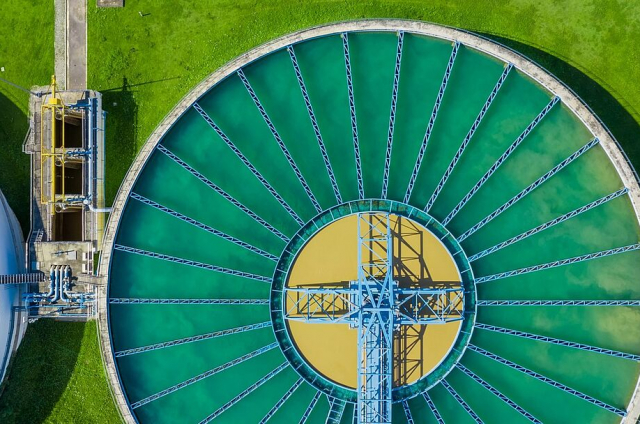Environmental and air quality monitoring station opened in Ķīpsala and its indicators are available to all citizens
Status: Ongoing projects

As part of the expansion of the Kipsala Smart neighbourhood, an environmental and air quality monitoring station was opened in October, with measurements available to all on a screen on the Zunda waterfront in Kipsala. This allows residents of the neighbourhood to monitor the quality of the environment and air, which is an essential part of public safety. The data are also available to the municipality, helping to identify the most significant polluters and to evaluate the results of the actions taken to reduce pollution. In turn, scientists will be able to work with the data to forecast the future situation under different scenarios.
Installation and maintenance of the Ķīpsala environmental and air quality monitoring station is provided by TET. It measures air quality according to the European Air Quality Index, as well as environmental noise levels. The wind direction and strength detected by the monitoring station help to identify potential sources of air pollution. Similar measurements are also available for odour, rain intensity, visibility and other environmental aspects, but have not yet been tested in our conditions.
The data is available to citizens on a screen in the urban environment in Ķīpsala. The data on the screen is updated every one hour, ensuring that it is available in near real time, allowing data-driven decisions to be made. For example, taking a walk with your baby when air quality measurements are at their best, or planning a morning jog to check in advance for increased dust or car exhaust pollution that could be harmful to your long-term health.
Inese Andersone, Chair of the Riga City Council’s Urban Development Committee, says: “The location of the new and compact environmental and air pollution station in the Kipsala Smart Cities area is a good example of how the city cooperates with a technology company in the development of new products. On the one hand, the city needs new ways of collecting data that fit into the urban environment, but on the other hand, technology companies need to develop solutions to urban development challenges. The Kipsala Smart City area serves as a testbed to put the newly developed product to the test.”
The EU’s Climate Neutrality Policy targets for 2030 include reducing the health impacts of air pollution by at least 55% and reducing the number of people suffering from chronic traffic noise nuisance by at least 30%. The Cabinet of Ministers’ order on the action plan to reduce air pollution also includes measures to be taken in Riga to improve air quality, as well as the development of action programmes to improve air quality in municipalities. The new monitoring station will complement the existing bank of air quality measurements, which consists of the scientific stations of the Latvian Centre for Environment, Geology and Meteorology, and will provide the municipality with valuable air quality data to assess the current situation and the results of the implemented measures.
“We see that TET could support Riga and other municipalities to meet their climate goals with a variety of smart solutions. The Kipsala neighbourhood shows how smart city management needs to be able to think systemically and how different technologies can complement each other to get there. Already today, in Ķīpsala, on the Zunda embankment, the smart light system with its own controllers works as a backbone, managing the constant current and supplying it to other equipment – cameras, sensors. The environmental and air quality monitoring station is the next step in the development, and it very clearly highlights the role of data in enhancing the quality of life of citizens,” says Guna Soloveja, Head of New Business Development at TET.
Making such measurements public shows that the municipality is open to showing the data to citizens, thus contributing to the debate on the quality of the environment in neighbourhoods. The data can also be used for scientific purposes, to make predictions about the future and identify potential risks. The data is available in near real time on a platform developed by Tet – the period can be adjusted to one or eight hours, or around the clock. You can also receive pollution alerts, as well as monthly and annual reports, so you can easily analyse the data over the long term.













